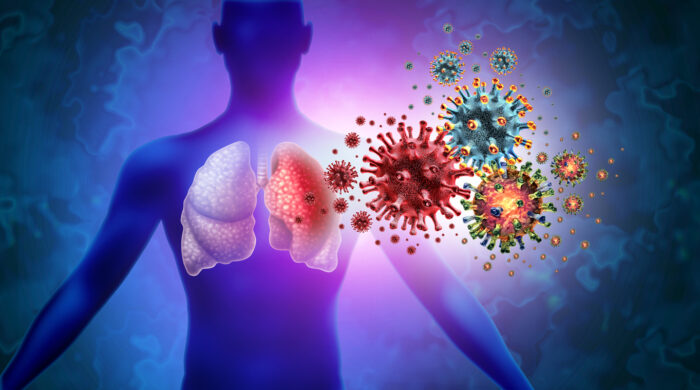Infections are caused by microorganisms such as bacteria, viruses, fungi, or parasites that invade the body, resulting in illness or disease. These pathogens can spread in various ways, posing a significant health risk. Understanding the types, symptoms, and preventive measures can help mitigate their impact.

Types of Infections
Bacterial Infections
Bacterial infections are caused by harmful bacteria that multiply rapidly. Common examples include strep throat, urinary tract infections (UTIs), and tuberculosis. Antibiotics are often effective in treating bacterial infections.
Viral Infections
Viruses invade host cells to replicate, often causing illnesses such as influenza, the common cold, and COVID-19. Antiviral medications may reduce symptoms, but many viral infections rely on supportive care for recovery.
Fungal Infections
Fungi thrive in warm, moist environments. Common conditions include athlete’s foot, yeast infections, and ringworm. Antifungal medications are used to treat these infections.
Parasitic Infections
Parasites such as protozoa, helminths, or ectoparasites can infect humans. Examples include malaria, giardiasis, and lice infestations. Treatment depends on the specific parasite and its life cycle.
Transmission of Infections
Direct Contact
Infections can spread through person-to-person contact, bodily fluids, or contaminated surfaces.
Airborne Transmission
Pathogens like influenza or tuberculosis can spread via respiratory droplets when an infected person coughs or sneezes.
Vector-Borne Transmission
Insects such as mosquitoes and ticks transmit diseases like malaria, dengue, and Lyme disease.
Contaminated Food and Water
Foodborne infections like salmonella and E. coli are caused by consuming contaminated food or water.
Symptoms of Infections
Common Symptoms
- Fever
- Fatigue
- Muscle aches
- Coughing or sneezing
- Diarrhea or vomiting
Severe Symptoms
- Difficulty breathing
- Severe pain
- High fever with chills
- Persistent vomiting or dehydration
Diagnosing Infections
Medical professionals diagnose infections using:
- Blood tests
- Imaging scans (X-rays, MRIs)
- Tissue biopsies
- Microbiological cultures
Treatment for Infections
Antibiotics
Effective against bacterial infections but should be used responsibly to prevent antibiotic resistance.
Antiviral Medications
These drugs reduce viral replication and are crucial in managing influenza, HIV, and hepatitis.
Antifungal Medications
Used to treat fungal infections affecting the skin, nails, and internal organs.
Antiparasitic Drugs
Essential for treating conditions like malaria and other parasite-induced illnesses.
Preventing Infections
Hygiene Practices
- Wash hands regularly with soap and water.
- Clean and disinfect frequently-touched surfaces.
Vaccinations
Immunization protects against numerous infectious diseases like measles, polio, and hepatitis.
Safe Food Handling
- Cook food thoroughly.
- Store food at appropriate temperatures.
Protective Measures
- Use insect repellents to avoid vector-borne infections.
- Practice safe sex to reduce the risk of sexually transmitted infections (STIs).
Infection Control in Healthcare Settings
Standard Precautions
Healthcare professionals follow infection control protocols, including:
- Wearing personal protective equipment (PPE)
- Sterilizing medical instruments
- Isolating contagious patients when necessary
Hospital-Acquired Infections (HAIs)
Common HAIs include pneumonia, bloodstream infections, and surgical site infections. Strict hygiene and proper use of antibiotics can reduce HAIs.
Infections remain a significant global health concern, but proactive measures such as hygiene, vaccinations, and responsible use of medications can reduce their impact. Early diagnosis and treatment are crucial for managing severe infections and preventing complications.

